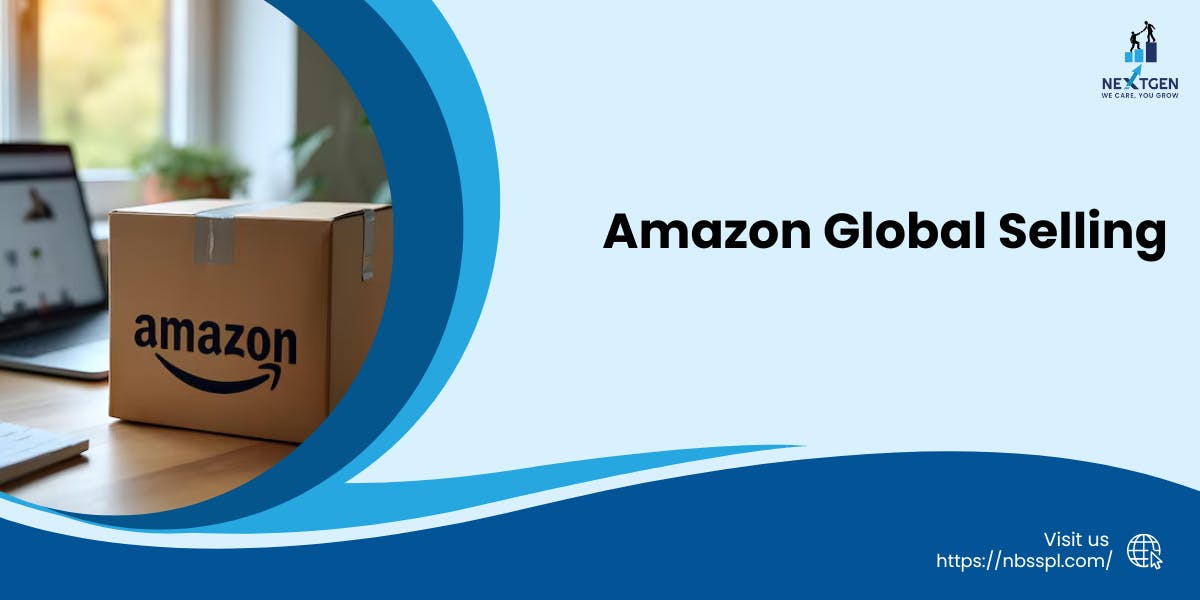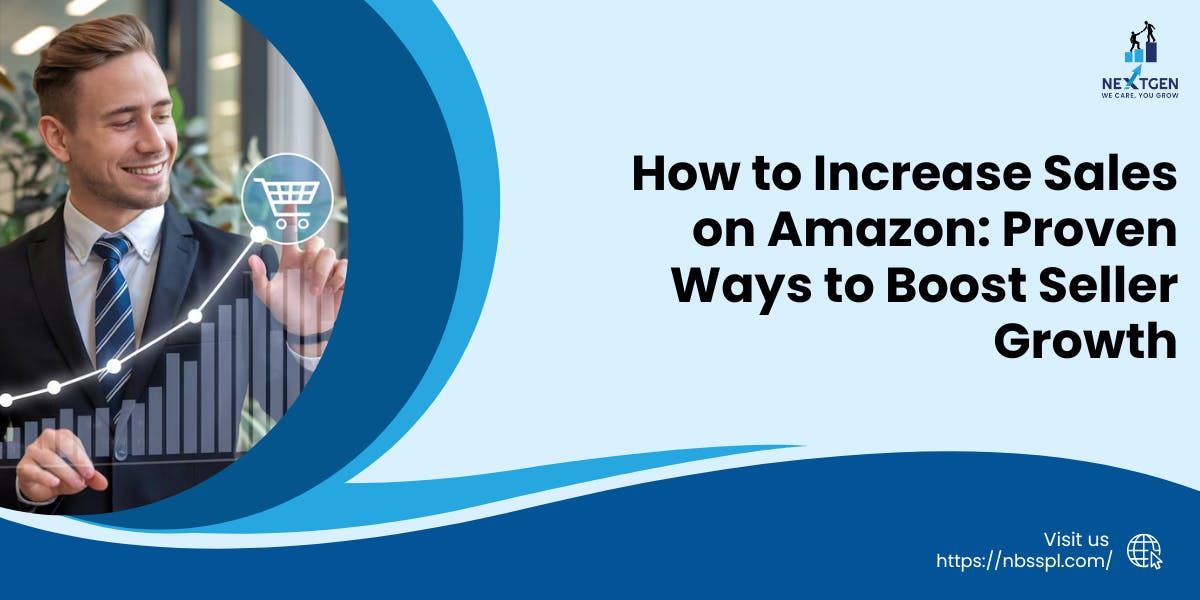How To Sell Internationally on Amazon’s Marketplaces?
Amazon has over 22 different marketplaces worldwide. When you are selling your products globally with Amazon, there are many factors you need to consider. These include taxes, language barriers, currency conversion, and many other hurdles. To sell globally without much trouble, our team of experts has created a list of steps for easier navigation:
Step 1: Choose Your Marketplace
The first step is to choose the marketplace where you want to sell your products online. Above, you will see a list of 21 different Amazon marketplaces. Before you register your seller account, go through their policies and regulations to understand how to establish your brand in the new marketplace. It is also advisable to conduct thorough research on the demand and ongoing market trends before you export from India.
Step 2: Register Your Amazon Seller Account
You are required to set up a new Amazon selling account when you are expanding your operations in a new Amazon marketplace. Separate accounts need to be created when your products are exported with Amazon global selling. The process to register with Amazon Global Selling is similar to the account registration on Amazon Seller Central.
However, it is not necessary in the case of North American and European marketplaces. For example, when you sell on Amazon.com or Amazon US, you can sell products in the US and other regions of North America. Amazon provides unified account features in these regions, meaning that once registered within the specific region, you can access marketplaces of other neighbouring countries without being charged extra setup fees.
Another example is if you have a unified seller account in the United Kingdom, you can sell your products within the French and German Amazon marketplaces. So, once you set up your account within the United Kingdom, you gain access to set up listings for millions of customers in the other marketplaces immediately.
Step 3: Select The Products To Sell
The next step involves choosing the products you wish to sell within the country. Remember to check for the demand for the product within the marketplace, and to research the ongoing market trends of the region. This allows you to create effective marketing strategies required to maximise your sales globally.
Step 4: Meet The Requirements For Compliance and Safety
Before you can sell your products within the international marketplace, you need to fulfil the criteria mentioned within taxes, compliance standards and safety regulations. These are required from the sellers to ensure that the products being sold meet the quality and safety standards set by the country.
Step 5: List Your Products In The Country’s Marketplace
List products you wish to sell within the country’s marketplace. We personally recommended reaching out to e-commerce specialists for the best Amazon.com catalogue product listing services. Ensure to include detailed descriptions within product listings and product categories, including relevant SEO keywords for discoverability. During this process, do not use Google Translate to list your products, because it is not the right solution. You will be required to have a basic understanding of the language to describe products accurately, and you will also need to know local keywords which would be necessary for organic ranking.
Step 6: Create Your Marketing Plan
A thorough marketing plan for advertising on Amazon will help you to launch your products successfully within the country you want to sell. You need to ensure your products are optimised and ready for the market. Apart from this, you will also be required to set the prices of the products competitively according to the marketplace. The value of products varies from one market to another. Moreover, you can check the seller dashboard to analyse your sales performance. Devise a professional selling plan for your products in global Amazon stores!
Step 7: Ship Your Products Globally
There are numerous ways by which you can export your products on Amazon internationally. You can either ship products by yourself, contact third-party service providers or use Amazon FBA (Fulfillment by Amazon) to help your products reach customers in different locations. Amazon offers the option of Amazon FBA where the packaging, global shipping and customer service will be taken care of by the Amazon fulfillment centers.
Read This: Amazon Seller Registration: Boost Your Business with NextGen











